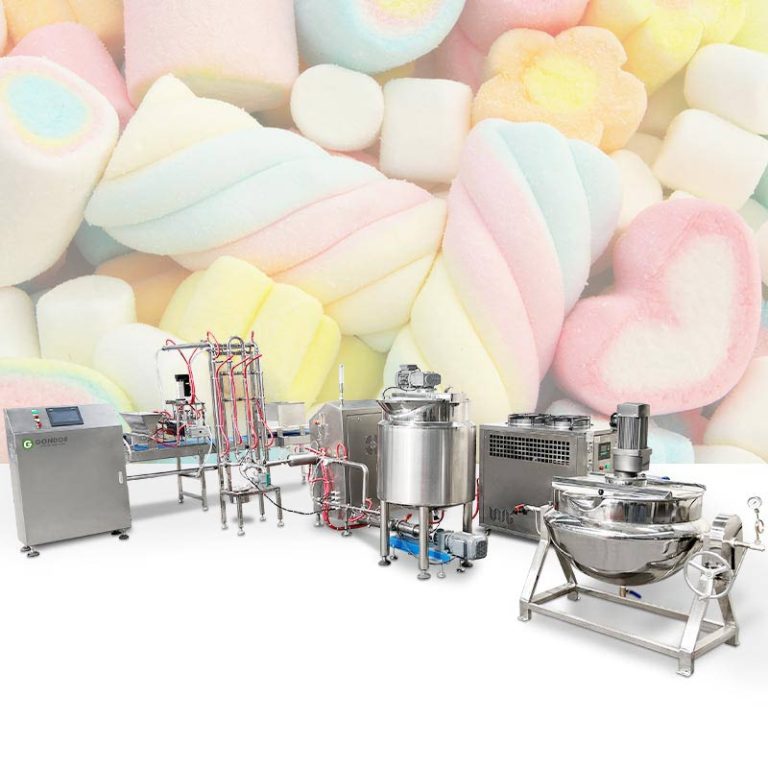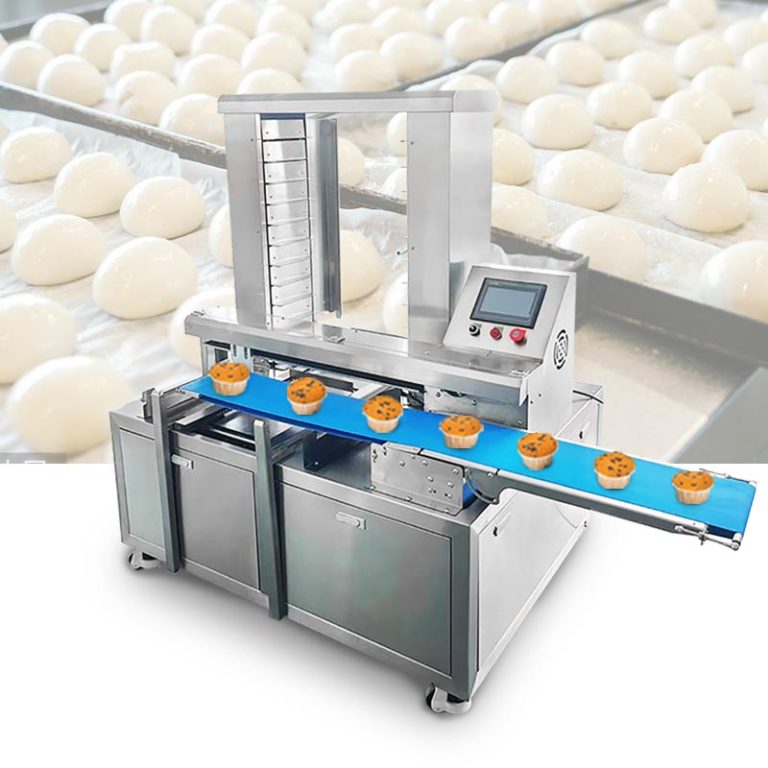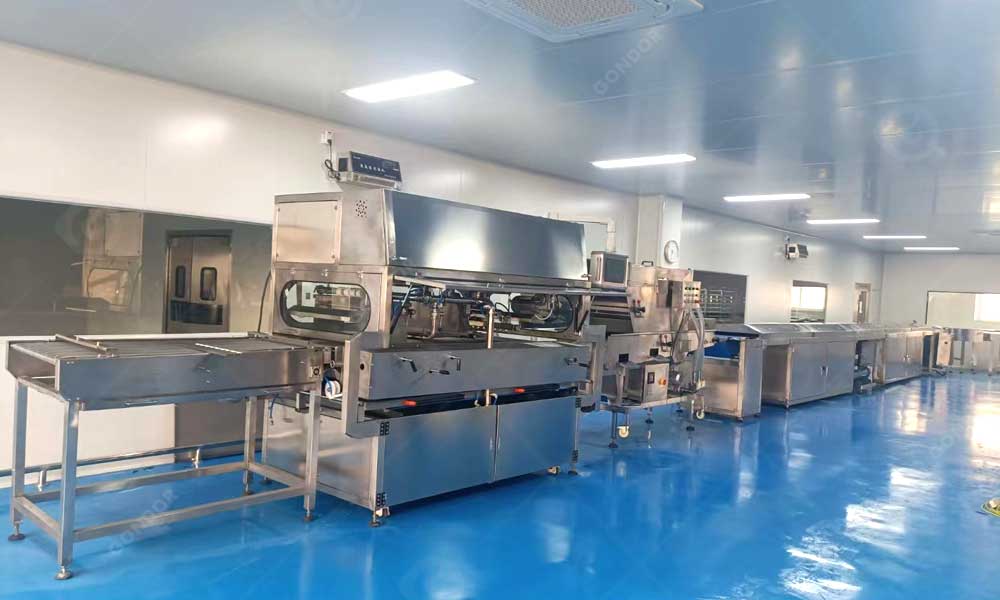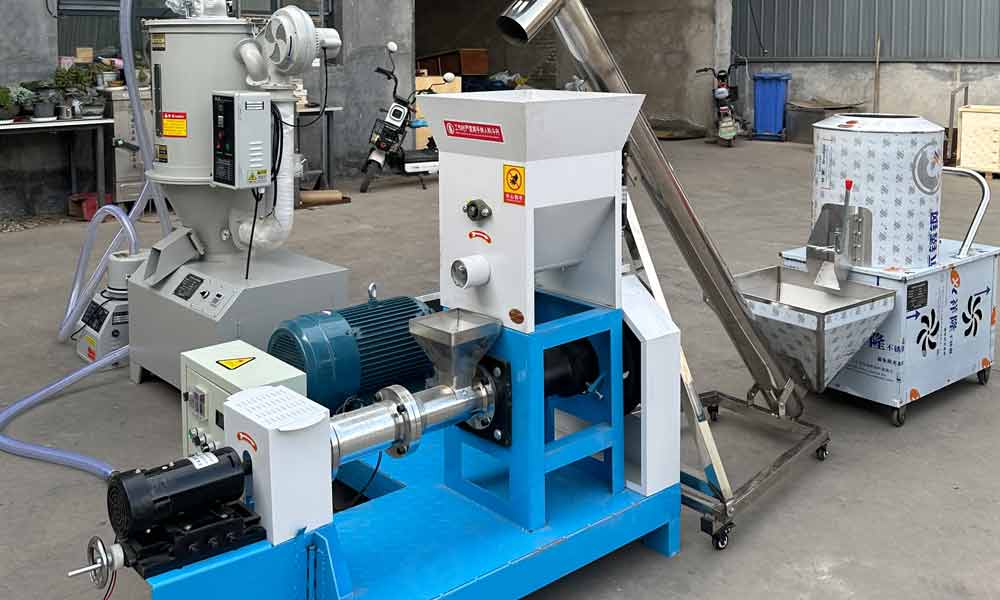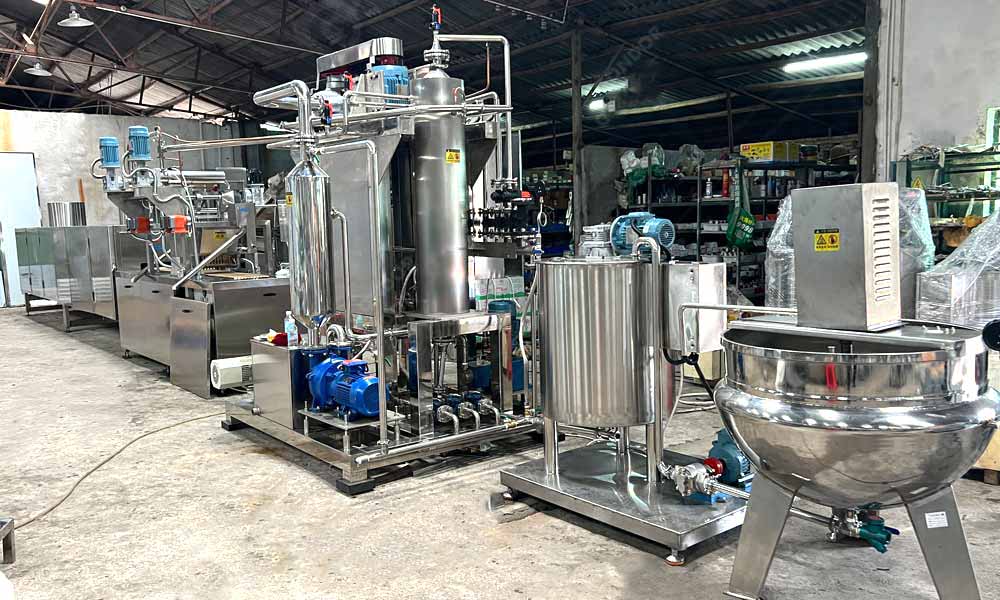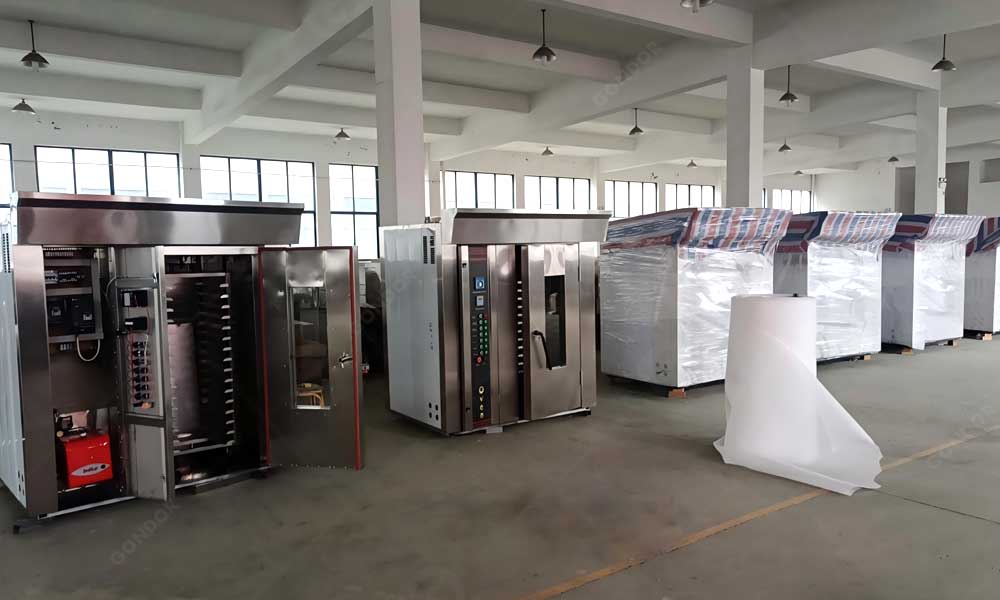Why are peanut butter and jam always compared?
Whether it’s toast for breakfast in China or the classic PB&J (sandwich) in Europe and America, peanut butter and jam almost always appear together. Many people intuitively think, “One is made from beans, and the other is made from fruit,” but if you look closely at the raw materials, nutrition, taste, uses, and even industrial production processes, the differences between the two are actually quite significant.
For factories in the food business or preparing to deploy a peanut butter production line, understanding the characteristics of these two types of spreads will help you plan your product structure, equipment configuration, and market positioning.

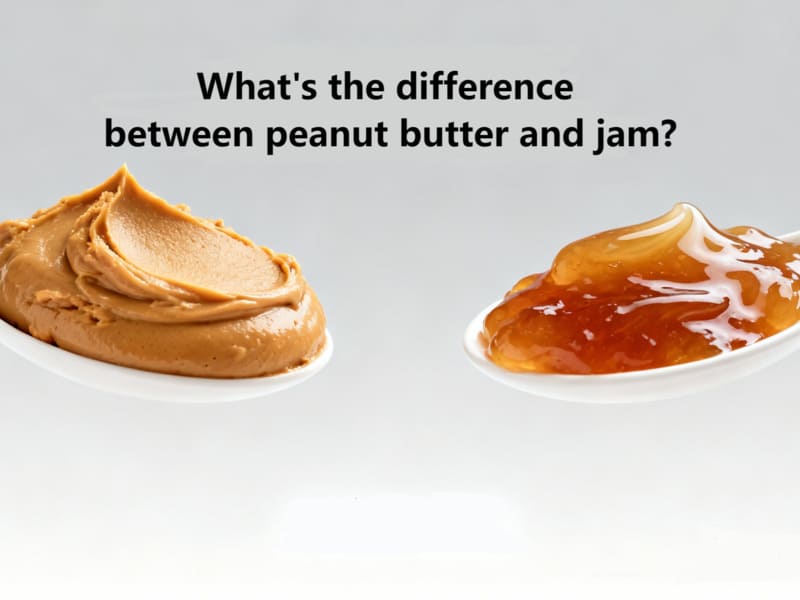
Peanut Butter VS Jam
In the food industry, peanut butter and jam are two common spreads, but they differ significantly in many aspects, including production processes and ingredient composition. Below are 6 differences between Peanut Butter and Jam.

1. Raw Materials and Production Process: Nut Butter vs. Fruit Products
Peanut Butter: Roasted Peanuts + Grinding + Blending
Raw Materials: Primarily peanut kernels. The process typically involves shelling and sifting, followed by roasting, cooling, and peeling, before grinding and flavoring. Its core characteristics are high protein, high healthy fats, and a thick, spreadable texture.
Ingredients: Different brands may add small amounts of vegetable oil and salt, and some may also add sugar or stabilizers to improve taste and flowability.
Process: In industrial production, a complete peanut butter production line typically consists of equipment such as roasters, coolers, peelers, sorting conveyors, colloid mills/grinding machines, mixing tanks, vacuum degassing tanks, storage tanks, and filling machines, achieving continuous and standardized production.
In other words, peanut butter is essentially “finely ground nut paste,” and a peanut butter production line transforms raw peanuts into a stable, smooth, and long-term marketable product.
Jam: Fruit + Sugar + Pectin + Heating and Concentration
Ingredients: Primarily various fruits such as strawberries, blueberries, oranges, and grapes, supplemented with sugar. Some recipes add pectin to form a gel structure. It relies on the natural acidity of the fruit and the gelling effect of pectin to form a semi-solid state. It has a high sugar content and a sweet, smooth taste.
Process: The typical process involves washing and chopping (or pulping) the fruit, then heating it with sugar and pectin to a certain concentration, followed by hot filling and cooling to set.
Characteristics: High-temperature cooking sterilizes and extends shelf life, but also causes some loss of heat-sensitive vitamins, while preserving the fruit flavor and color.
From a processing perspective, peanut butter is more of a “ground product,” while jam is a “candied fruit product.”
2. Differences in Production Processes and Equipment
This is the most crucial difference between the two, involving different food processing machinery lines.
3. Texture and Flavor: Nutty vs. Fruity Sweetness
Peanut Butter
- Thick and smooth texture, commonly available in “smooth” and “crunchy” varieties.
- Flavor: Rich in roasted nutty aroma, some with a slight caramelization.
Jam
- Mostly thick, soft, gel-like texture, sometimes containing chunks of fruit or seeds, resembling a “fruit jelly” consistency.
- Flavor: Primarily fruity sweet and sour, with a more prominent sweetness and refreshing aroma.
4. Nutritional Composition: High Protein & High Fat vs. High Sugar & Low Fat
From a nutrition label perspective, the two have completely different nutritional structures.
5. Differences in Usage Scenarios and Pairings
Peanut Butter:
Commonly found in toast, sandwiches, cookies, oatmeal, smoothies, etc., or as a snack with celery sticks or apple slices.
Jam:
Mostly used in toast, bread, yogurt, cake fillings, cookie fillings, etc., leaning more towards a "dessert-like" use.
In product development, you can also create "composite products," such as peanut butter + jam combo jars, sandwich cookies, etc., allowing the two flavors to complement each other.
6. The Significance of a Peanut Butter Production Equipment Line
A significant difference between peanut butter and nut butter is that peanut butter relies more heavily on a complete, specialized production line to ensure consistent quality and high production capacity.
A modern peanut butter production line typically includes multiple stages: peanut roasting, cooling, peeling, sorting, coarse/fine grinding, mixing (adding salt, sugar, oil, etc.), vacuum degassing, homogenization, filling, and packaging.
A complete peanut butter production equipment line helps factories:
- Control particle size and rheological properties to produce smooth or chunky peanut butter;
- Improve shelf life and food safety through vacuum degassing, sterilization, and sealed filling;
- Achieve batch consistency, meeting the quality standards of export and large supermarkets.






